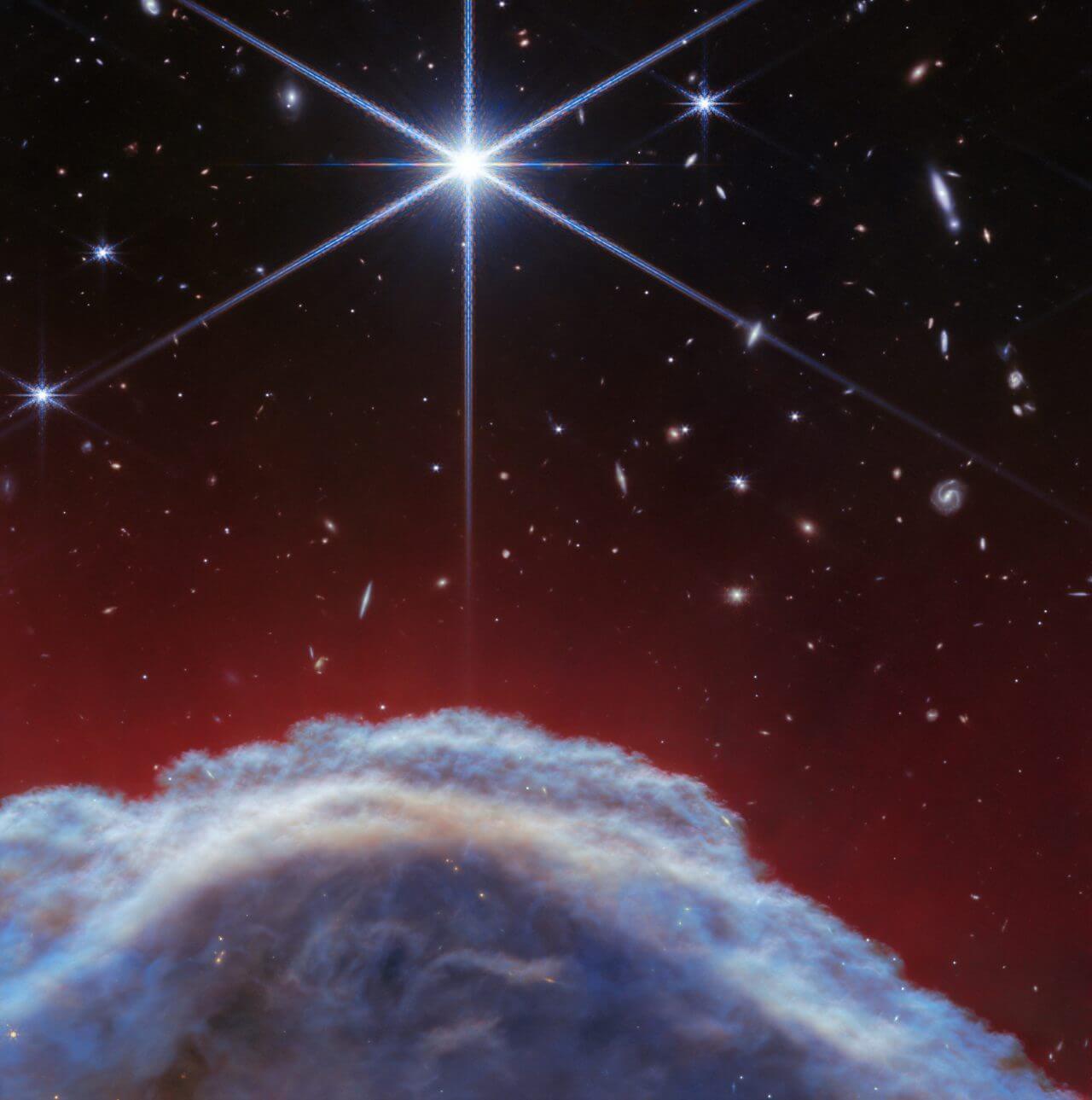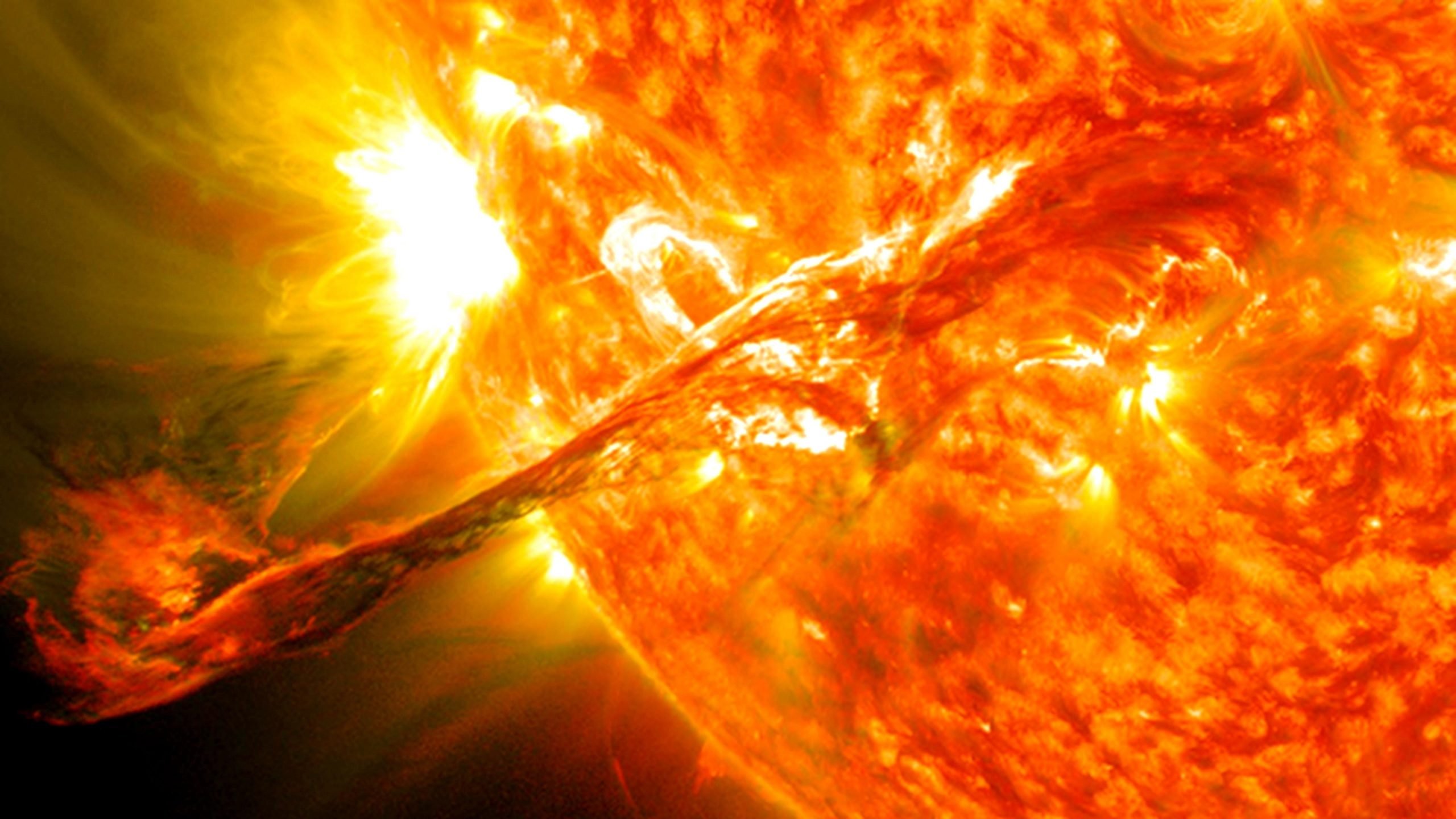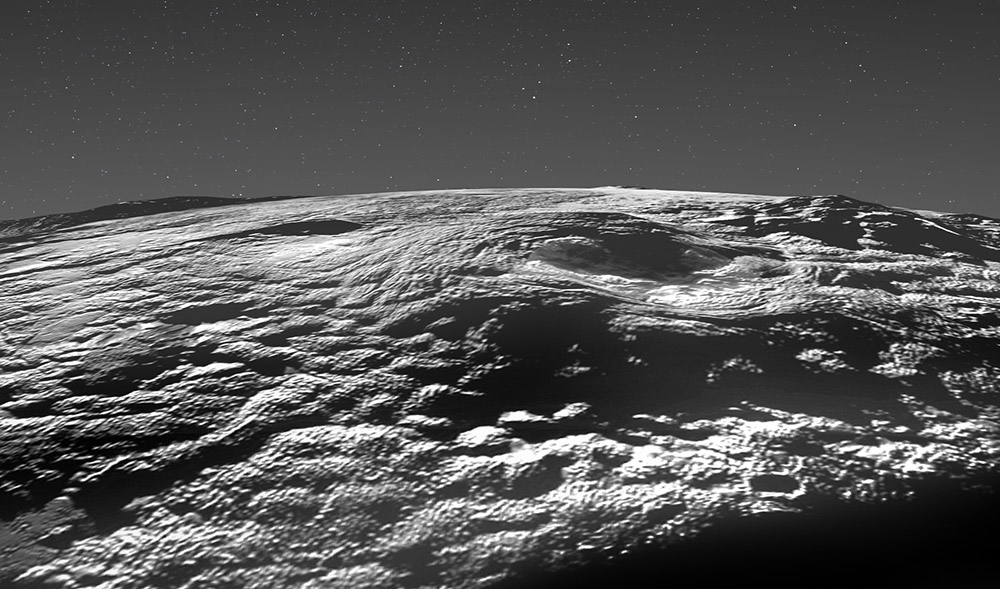Unique phenomenon: Analysis of data from NASA’s New Horizons spacecraft suggests the possibility of an unprecedented form of ice volcanoes on the dwarf planet Pluto. Over time, seeping sticky water ice slowly accumulates on mountains up to seven kilometers in height, causing ice volcanoes to form larger than the largest fiery mountains on Earth. The young age of some of these formations also indicates that Pluto may still be warm on the inside today.
dwarf planet Pluto It is a surprisingly dynamic world despite its distance from the sun and freezing cold, as revealed by images from NASA’s New Horizons spacecraft. It has flowing glaciers formed by fluctuating currents floating ice even winch, fueled by the release of frozen nitrogen gases from the Great Sputnik Planitia ice cap. Surface stretch marks and planetary models also indicate that Pluto’s interior is still warm enough icy ocean Or at least it could be soft layers of ice.
Riddles about iceberg giants
But one question remained unanswered: Are there ice volcanoes on Pluto? This question is prompted by two mountains with large craters in their summits, located southwest of the Sputnik Planitia glacier. With Wright Mons, which are about five kilometers high and about 150 kilometers wide at the base, this summit depression is 56 kilometers in diameter. As early as 2015, the shape of these mountains woke up doubtthey can be ice volcanoes – vents that bring half-melted ice to the surface.
Kelsey Singer of the Southwest Research Institute in Boulder and her colleagues searched again for evidence of such volcanic eruptions on Pluto in data and images from the New Horizons probe. To do this, they analyzed images in which potential ice volcanoes appear illuminated indirectly by weak sunlight, so that surface structures stand out clearly due to cast shadows.
Unlike the known volcanic forms
The result: At least volcanoes and ice volcanoes in the classical sense do not resemble the mountains of Pluto, the team reported. The peak cliffs of Wright Mons and Piccard Mons, which rise up to seven kilometres, are very different from the volcanic cliffs or volcanic vents on Earth and Mars. Among other things, the vents are very large and irregular in shape and do not match the craters that subsequently collapsed, according to Singer and colleagues.
“In addition, there is no clear evidence for directed flow or the location of the exit centers,” the researchers stated. Traces of infiltrated substances or sputum released are completely absent. Also strange: the terrain of this entire region, including the mountain flanks and within the crater depressions, is covered with lumpy elevations, a few hundred meters in height and up to 20 kilometers in width – this is also unusual for volcanoes and ice volcanoes .
The terrain is still relatively small
“The geologic features of the Wright-Mons region are different from all other regions on Pluto and also from the topography of most other celestial bodies in the solar system,” Singer and her team say. The almost complete absence of impact craters in this region also indicates that the landscape here is relatively recent – it must have been reshaped long after the dwarf planet was formed.
This late modulation is supported by spectroscopic data. Thus, the base material of these mountains consists of frozen solid water ice covered with a thin blanket of organic sediment and more volatile types of ice such as nitrogen ice and frozen methane. According to the researchers, the differences in the thickness and composition of these layers indicate that different areas of this terrain did not form together, but differed in ages.
A new form of cold volcanoes
But how does all of this fit together? According to the research team, Wright, Piccard-Mons and the terrain between them may have been formed by a new form of ice volcanoes. In the process, the tough but moving water ice swelled up from several cracks in the ground and formed dome-like elevations there. Over time, these individual domes have integrated into the mountain landscapes we see today.
“This scenario provides a consistent explanatory mechanism for all large peaks and troughs—whether dome-shaped, ring-shaped, or more complex,” write Singer and colleagues. The two high mountains formed because there were many ice outcrops close together and constantly pushed new blocks of water ice up from below. The result was huge heights such as the heights of Wright Mons and Picard Mons the Great.
The researchers explain that “the volume of Wright Mons alone is 24,000 cubic kilometers – that’s comparable to the volume of Mauna Loa in Hawaii.”
Indication of internal temperature?
If this scenario is confirmed, there may be a previously unique form of ice volcanoes on the dwarf planet Pluto. At the same time, this also means that Pluto is actually much warmer on the inside than has long been thought. Because this heat is the prerequisite for water ice to be mobile enough to at least be able to slowly swell to the surface.
“The flow of icy material on the surface of a celestial body with extremely low temperatures, low atmospheric pressure and low gravity, combined with the abundance of ice flying on the surface of Pluto, makes it unique among any previously explored sites in the solar system,” say the scientists. (Nature Communications, 2022; doi: 10.1038/s41467-022-29056-3)
Source: Nature Communications

“Travel maven. Beer expert. Subtly charming alcohol fan. Internet junkie. Avid bacon scholar.”






More Stories
A close-up image of the dark nebula “Horsehead Nebula” observed by the Webb Space Telescope |
Hasbro, which has had huge success with “Baldur's Gate 3” and “MONOPOLY GO!”, is developing a $1 billion in-house video game “doope!” Local and international gaming information website
iOS17.5 and iPadOS17.5 developer beta 4 has been released!New feature additions and bug fixes |.Kamiap | Providing Apple news and IT information